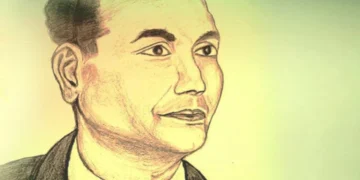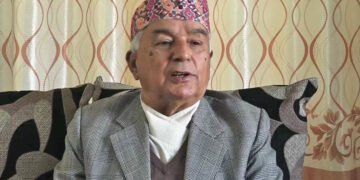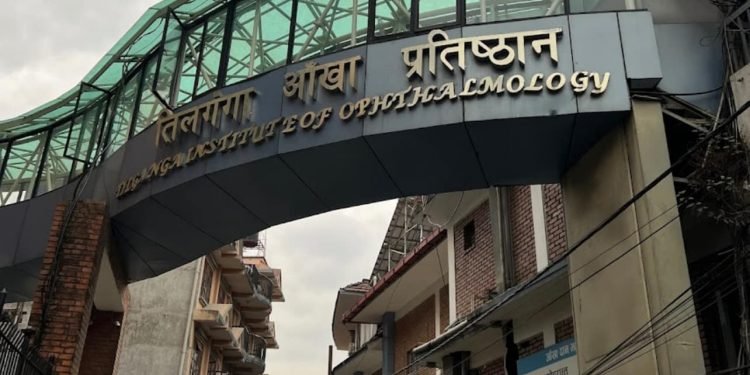Kathmandu, July 25: The Nepalese Society for Oculoplastic Surgeons (NESOS) has announced a workshop on the Nepal Thyroid Eye Disease Registry (Nep TED) on 27 July 2024, from 8:00 am to 5:00 pm at the Royal Singhi Hotel, Durbar Marga.
The one-day workshop, a collaborative initiative with the Nepal Health Research Council (NHRC) and the Fred Hollows Foundation (FHF) and Tilganga Institute of Ophthalmology (TIO), aims to establish a comprehensive database for TED patients in the country, said the organiser.
Supported by an expert advisory team, including Prof Dr Sanduk Ruit, Prof Madanmani Upadhaya, NESOS Founder President Prof Rohit Saiju, NESOS President Dr Sulaxmi Katuwal, NOS President Prof Meenu Chaudhary, NNJS Chair Prof Dr Chet Raj Pant, Health Secretary Dr Roshan Pokhrel, and Dean President Prof Dr Robin Maskey, this initiative will gather accurate data from over 51 hospitals and eye clinics across Nepal on the disease burden and enhance the quality of care for TED patients.
The workshop that marks the first physical workshop for the registry is organised during July being “Graves Disease Awareness Month”, a term used worldwide. Graves disease is the major type of thyroid disorder which causes Thyroid Eye Disease.
During the event, international expert and advisor to Nep TED, Prof Dr Kelvin Chong are scheduled to share his extensive knowledge of Thyroid Eye Disease research in the Asia-Pacific region while national research expert Prof Dr Biraj Karmacharya will emphasise the vision of the registry.
Dr Sadikshya Bhattarai from NHRC and Miss Uma Kafle will also share their expertise and discuss the challenges faced in working on the registry.
This workshop represents a significant step forward in understanding and managing Thyroid Eye Disease in Nepal, underscoring the importance of collaborative efforts in improving patient care.
Thyroid Eye Disease (TED) affects 25-35% of dysthyroid patients, with approximately 5% of cases being severe and sight-threatening. TED predominantly affects females, significantly impacting their quality of life. Research suggests that the pattern and natural history of TED in the Asian population may differ from that of the Western population.





















